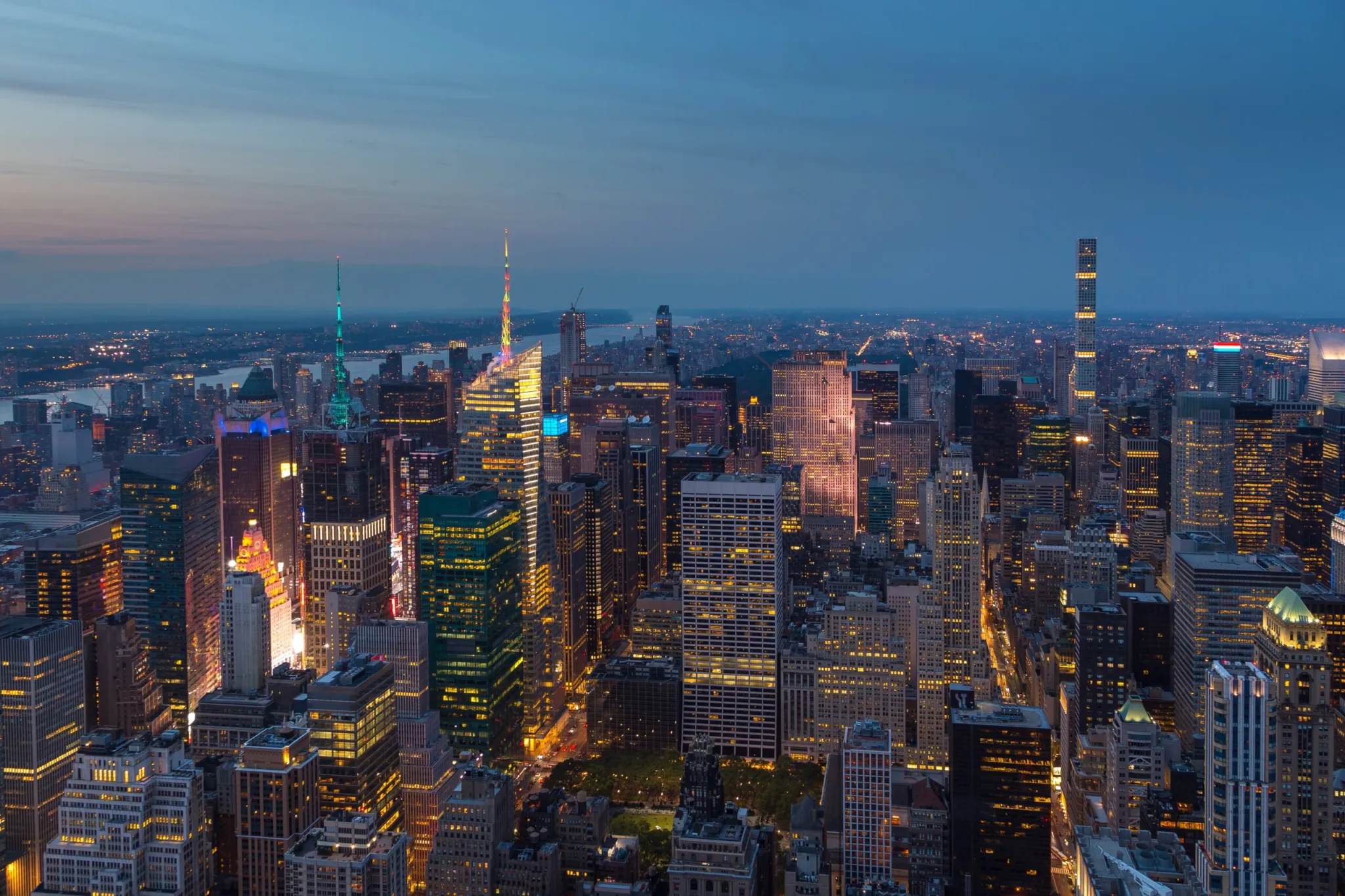
Local Law 88 requires buildings over 25,000 sq ft in NYC to upgrade lighting systems to meet current energy codes. Non-residential buildings must also install sub-meters for tenant spaces over 5,000 sq ft and provide monthly energy reports. These upgrades help cut energy use and reduce carbon emissions. Local Law 88 requires buildings over 25,000 sq ft in NYC to upgrade lighting systems to meet current energy codes. Non-residential buildings must also install sub-meters for tenant spaces over 5,000 sq ft and provide monthly energy reports. These upgrades help cut energy use and reduce carbon emissions. Compliance deadlines vary depending on building type and ownership, so timely action is essential.

The compliance deadline for both the lighting and sub-metering requirements is January 1, 2025.
Complying with Local Law 88 involves the following steps:
SFE is ready to assist you throughout this process, offering expert assistance and arranging for an inspector to verify compliance and provide certification. Reach out to us and speak with one of our Professional Engineers to learn more about how we can help you today!
Failure to file a lighting upgrade report by the deadline will result in a penalty of $1,500 per year until compliance is achieved. Similarly, failure to report on the installation of electrical sub-meters in tenant spaces will incur a penalty of $1,500 per year until compliance. Installing sub-meters is mandatory; if building owners do not install them as required, they will face a fine of $500 per missing meter each year until all required sub-meters are installed.

Since many buildings in NYC depend on a single meter to monitor electricity consumption, non-residential tenants are typically billed a standard rate regardless of their actual consumption. The installation of sub-meters would make actual energy use information available to tenants regularly, which would likely reduce their energy consumption and contribute to achieving significant energy savings.
Local Law 87 primarily focuses on energy audits and retro-commissioning for existing buildings 50,000 square feet or more, while Local Law 97 applies to buildings that are 25,000 square feet or larger and focuses on limiting greenhouse gas emissions.
Exemptions or waivers may be available under certain circumstances, such as financial hardship or technical feasibility issues. However, these exemptions typically require approval from the NYC Department of Buildings. Building owners should carefully review the eligibility criteria and application process for any exemptions.
For more information about Local Law 88, including updates, requirements, and compliance assistance, visit the official website of the NYC Department of Buildings or consult with legal and engineering experts familiar with LL88 compliance.